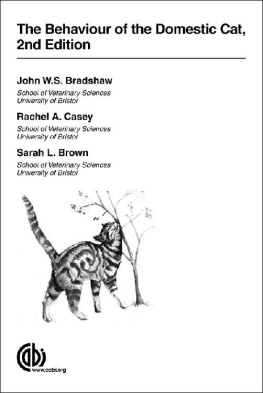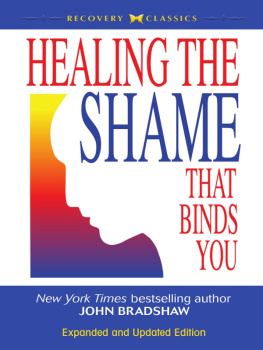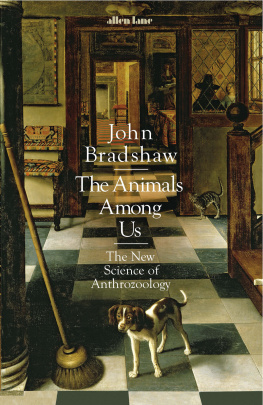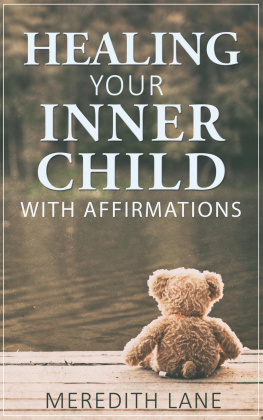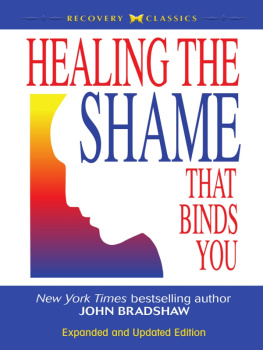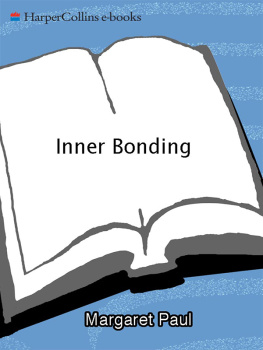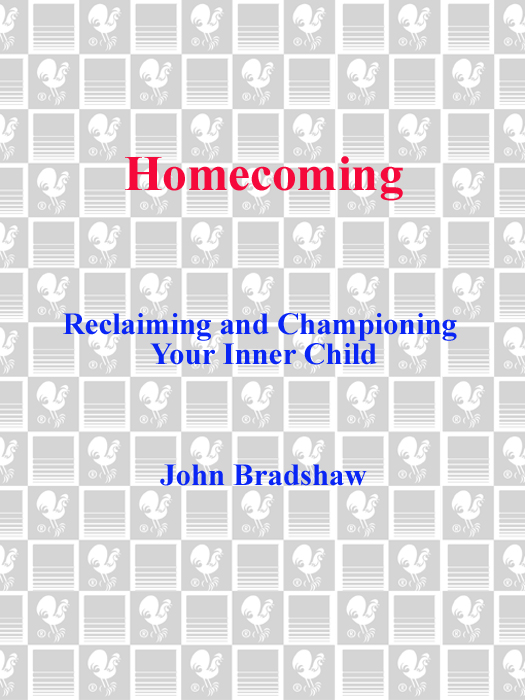John Bradshaw
2476 Bolsover, Suite 435
Houston, Texas 77005
email address:
For information on lecture series or inquiries, contact:
Barbara Bradshaw, Personal Assistant
8383 Commerce Park, Suite 600
Houston, Texas 77036
Voice: (713) 541-4254
Facsimile: (713) 541-4244
To order audio and video tapes, or to receive a free brochure:
Bradshaw Cassettes
8383 Commerce Park Drive, Suite 600
Houston, Texas 77036
Voice: (800) 6-BRADSHAW
(713) 771-1300
Facsimile: (713) 771-1362
email address: bradshawcassettes.com
Grateful acknowledgment is made for permission to reprint excerpts from the following previously published material:
A Dream of My Brother from Selected Poems by Robert Bly. Copyright 1973 by Robert Bly. Reprinted by permission of Harper & Row, Publishers, Inc.
Night Frogs from Loving a Woman in Two Worlds by Robert Bly. Copyright 1985 by Robert Bly. Reprinted by permission of Doubleday, a division of Random House, Inc.
For the Time Being from Collected Longer Poems by W. H. Auden. Copyright 1969 by W. H. Auden. Reprinted by permission of Random House, Inc.
Four Quartets from The Complete Poems and Plays by T. S. Eliot. Copyright 1943 by T. S. Eliot and renewed 1971 by Esme Valerie Eliot. Reprinted by permission of Harcourt Brace Jovanovich, Inc. and Faber and Faber Ltd.
HOMECOMING
A Bantam Book
PUBLISHING HISTORY
Bantam hardcover edition published August 1990
Bantam trade paperback edition / March 1992
All rights reserved.
Copyright 1990 by John Bradshaw.
Book design by Barbara Cohen Aronica.
Library of Congress Catalog Card Number: 90-33688.
No part of this book may be reproduced or transmitted in any form or by any
means, electronic or mechanical, including photocopying, recording, or by any
information storage and retrieval system, without permission in writing
from the publisher.
For information address: Bantam Books.
eISBN: 978-0-8041-5038-5
Published simultaneously in the United States and Canada
Bantam Books are published by Bantam Books, a division of Random House, Inc. Its trademark, consisting of the words Bantam Books and the portrayal of a rooster, is Registered in U.S. Patent and Trademark Office and in other countries. Marca Registrada Bantam Books, New York, New York.
v3.1
CONTENTS
PROLOGUE
I know what I really want for Christmas. I want my childhood back. Nobody is going to give me that. I know it doesnt make sense, but since when is Christmas about sense, anyway? It is about a child of long ago and far away, and it is about the child of now. In you and me. Waiting behind the door of our hearts for something wonderful to happen.
R OBERT F ULGHUM
As I walked among the participants in my workshop, I was struck by their intensity. One hundred people, in groups of six or eight, filled the room. Each group was self-contained, its members sitting close together and whispering to one another. This was the second day of the workshop, so a good deal of interaction and sharing had already occurred. Still, these people had been total strangers when they began.
I moved nearer to one group. They were listening with rapt attention to a gray-haired man. He was reading the letter his inner child had written to his father.
Dear Dad,
I want you to know how you hurt me. You punished me more than you spent time with me. I could have endured the welts and cuts, if only you would have spent time with me. I wanted your love more than I could ever tell you. If only you would have played with me or taken me to a ball game. If only you could have told me you loved me. I wanted you to care about me.
He put his hands over his eyes. The middle-aged woman beside him began tenderly stroking his hair; a younger man reached out to take his hand. Another man asked if he wanted to be held; the gray-haired man nodded.
Another group was sitting on the floor with their arms around one another. An elegant woman in her seventies was reading her letter:
Mother, you were too busy with your charity work. You never had time to tell me you loved me. You paid attention to me only when I was sick or when I was playing the piano and making you proud. You only let me have the feelings that pleased you. I only mattered when I pleased you. You never loved me for myself. I was so alone.
Her voice cracked and she began to cry. The wall of control that she had carefully maintained for seventy years began to fall with her tears. A teenage girl embraced her. A young man told her it was okay to cry. He praised her for her courage.
I moved to another group. A blind man in his mid-thirties was reading a letter he had written in braille:
I hated you because you were ashamed of me. You locked me in the garage apartment when you entertained your friends. I never got enough to eat. I was so hungry. I knew you hated me because I was a burden to you. You laughed and ridiculed me when I fell down.
Now I had to move on. I was feeling the residual anger in my own wounded inner child, and I wanted to cry out in rage and indignation. The sadness and loneliness of childhood felt overwhelming. How could we ever recover from so much grief?
Yet, by the end of the day, the mood had changed to one of peace and joy. People sat together; some held hands; most were smiling as we did the closing exercise. One after another they thanked me for helping them find their wounded inner child. A bank president who had been openly resistant at the start of the workshop told me that he had cried for the first time in forty years. As a child, he had been cruelly beaten by his father, and had vowed never to be vulnerable or to show his feelings. Now he talked about learning to take care of the lonely boy inside him. His face had softened, and he looked younger.
At the beginning of the workshop I had urged the participants to put their masks aside and come out of hiding. I had explained that when they kept their wounded inner child in hiding, that wounded child contaminated their lives with temper tantrums, overreactions, marital problems, addictions, toxic parenting, and damaging and painful relationships.
I must have touched a nerve, for they had really responded. I felt both excited and grateful as I looked at their open, smiling faces. This workshop took place in 1983. In the years since then I have become more and more fascinated with the healing power of the inner child.
Three things are striking about inner child work: the speed with which people change when they do this work; the depth of that change; and the power and creativity that result when wounds from the past are healed.
I began my inner child work more than twelve years ago, using a rather makeshift meditation with some of my therapy clients. But this meditation achieved some very dramatic results. When people first made contact with their inner child, the experience was often overwhelming. Sometimes they sobbed intensely. Later, they said things like Ive been waiting all my life for someone to find me; It feels like a homecoming; My life has been transformed since I found my child.
Because of this response, I developed an entire workshop to help people find and embrace their inner child. The workshop has evolved over the years, due mostly to an ongoing dialogue with those who have participated in it. This is the most powerful work I have ever done.


